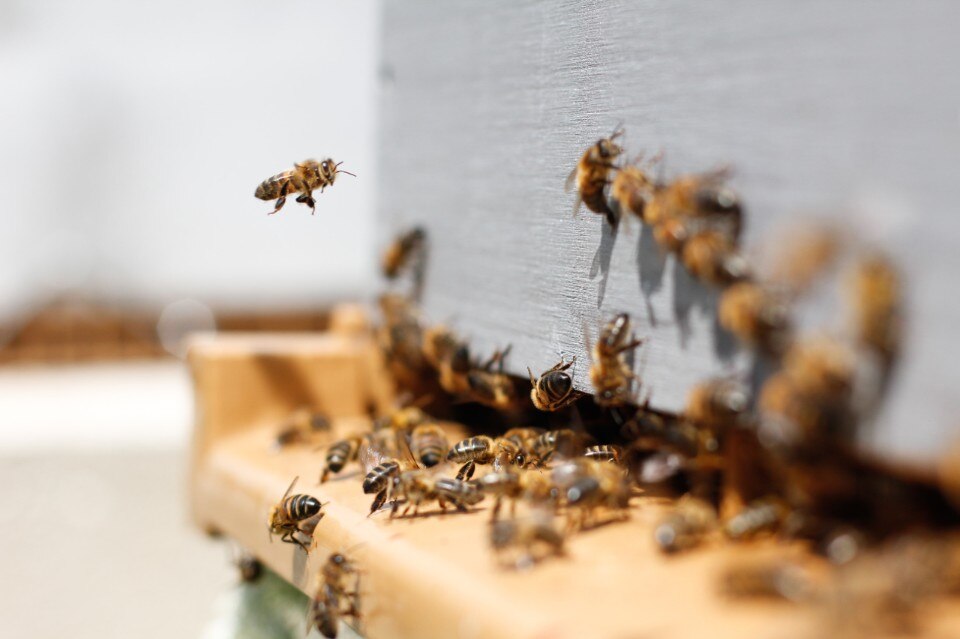Bees, threatened in rural and agricultural areas, are finding big cities as an unlikely refuge. Initially risen as an initiative of small businesses, urban beekeeping has made the final leap to big business in recent years. Let’s start with the giant Alvéole, a Montreal-based company: it manages 3,100 hives for 600 companies in 20 cities in North America, including New York, Boston, Chicago, San Francisco, and Toronto. Backed by Edō Capital, a venture capital fund, Alvéole charges an average of $2,000 per year per hive, offering its customers a package that includes candle courses and honey as souvenirs.
The giant also recently bought the French company Beeopic – its first European foothold before expanding into Europe – which manages 350 hives in the Parisian capital alone, including the Grand Palais exhibition hall, the headquarters of BNP Paribas SA, Europe’s largest bank, and luxury goods giant LVMH, not to mention the few hives that survived the fire at the top of Notre Dame Cathedral.

What is generally narrated as a positive trend (some say of bee-washing) is causing some cities to become saturated with the available pollen. When bees fly out to find pollen and there aren’t enough urban flowers to support them, they can pressure other wild species. In a place like the US, where European bees have been imported for agriculture, they compete with wild bees and butterflies, which are already at risk for other reasons, from pesticide use to climate change.
A recent Swiss study catalogued the increase in the number of hives recorded in 14 cities across the country, from 3,139 in 2012 to 9,370 in 2018. The researchers also compared the density of beehives in Swiss cities with the available green space, revealing that none of the cities under review had enough forage to meet the needs of all pollinators. Adding more green space and plants for pollen production in cities would help. Still, the research suggests that cities also need to limit urban bee proliferation, with the number of hives limited by the amount of green space nearby and sufficient distance between hives.
Opening image: photo Damien Tupinier, via Unsplash


